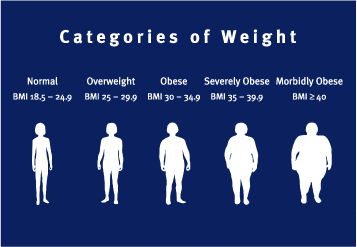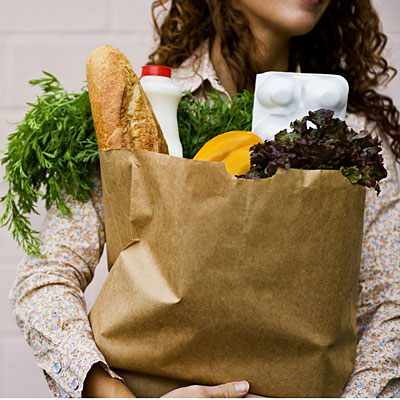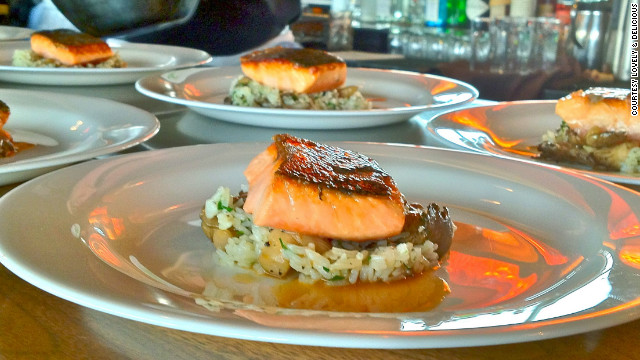 The Importance Of Vitamins When Dieting
The Importance Of Vitamins When DietingIn our quest to get that "perfect" body, we actually tend to
lose our focus on the real things that should matter to us,
such as our health and well-being. Thus, we end up not only
neglecting our insides but possibly our relationships with
others as well.
Cutting down on our daily calorie intake does
not necessarily assure us of a slimmer waistline and smaller
thighs. However, having our calorie-levels set way down low
what dieticians actually prescribe is not only sheer
shallowness but a cause a lot of ill effects on your health.
From mood swings to fainting spells, our bodies tend to give
out whatever "distress signals" it can think of just to tell
you to stop that mindless way of dieting.
When it comes to dieting, do bear in mind that food is not the
enemy - it never was. It's actually the way we abuse our bodies
that can turn everything into a downward spiral. Stop obsessing
about what you've eaten in a day (or the lack of it) in order
to keep yourself fit and healthy you'll actually need food
(with all its vitamin and mineral content) to help you achieve
this. Remember, do everything in moderation (especially in
dieting).
Unknown to the "anorexic community" who would rather die than
actually eat, there are certain vitamins and minerals - that we
can get from the right type of food which are actually essential
how we'll be able to convert these nutrients into energy rather
than just store them into our thighs and bellies as fat. As
much as we try to deny ourselves of the proper amount of food
that our bodies need in order for it to run much more
efficiently, we actually need a big lifestyle change and make
sure to always keep in mind recommended daily levels of
vitamins and minerals that our bodies need in order to be
healthy and fit.
When it comes to dieting, we must always keep in mind the
importance of the Vitamin B complex. This kind of vitamin
actually plays an important role in how fast our body can
digest the food that we put in and eventually turning it into
physical energy.
When food is properly digested, our bodies
greatly benefit from this because aside from not storing excess
fat, being healthy actually makes as more alert and less prone
to illnesses.
Vitamin B2, B3 and B6 however, are all associated
with the proper functioning of the thyroid gland. Vitamin and
mineral deficiencies can actually affect the way this gland
works in a big, big way. A clear sign of a disruption in how
the thyroid gland functions is when our metabolism goes haywire
and prevents us from determining the amount and rate of the
calories that we burn off.
Another important mineral that we can acquire from actual
eating is
Zinc, just one of the many minerals that can actually
help people with dieting safely. This mineral can actually have
an effect on the way our food taste as well as on how we'll be
able to control our appetites. Along with
Vitamin A and Vitamin
E, Zinc is a mineral that helps people in regulating their
thyroid hormones.
It's also important to note that when it comes to dieting and
nutrition concerns, it is really not just the reflection of
ourselves that we see on the mirror which should serve as our
gauge on whether or not we're healthy. Dieting can actually be
very emotionally stressful and when we lack certain vitamins
and minerals it can actually be a small step towards
depression.
For many people who have weight problems, food
actually helps us feel better, even acts as our "security
blankets" whenever we're down on the dumps. Which is why
skipping meals or just basically not eating at all is not the
way to diet, it'll not just give you an ulcer but mental
illness (depression) as well.
It is also important to keep in mind the big impact that the
Vitamin B complex has on our mental health. Deficiencies in the
vitamins that make up the B complex can actually result in a
series of complications which might lead to a mental illness
such as confusion, anxiety, depression, dementia, paranoia and
even psychosis. Furthermore, deficiencies in the Vitamin B
complex can bring about insomnia which can make any one of
those symptoms much worse.
Vitamin C is another vitamin that is important to one's overall
feeling of well-being. Arm yourself with the proper knowledge
with regards to how we can greatly benefit from the various
vitamins and minerals that we can find in our daily food
intake.
The production of serotonin and dopamine as well as the
maintaining of chemical balance within the brain is a something
that can be well regulated with the proper intake of the
available nutrients.
Nutrition is especially important to the success of any weight
loss diet. Dietary supplements, taken accordingly to the
prescribed amount, can be an excellent way to maintain nutrient
levels while reducing caloric intake.
About The Author: Charlene J. Nuble 2005. For up to date links
and information about Vitamins, please go to:
http://vitamins.besthealthlink.net/ or for updated links and
information on all health related topics, go to:
http://www.besthealthlink.net/








































